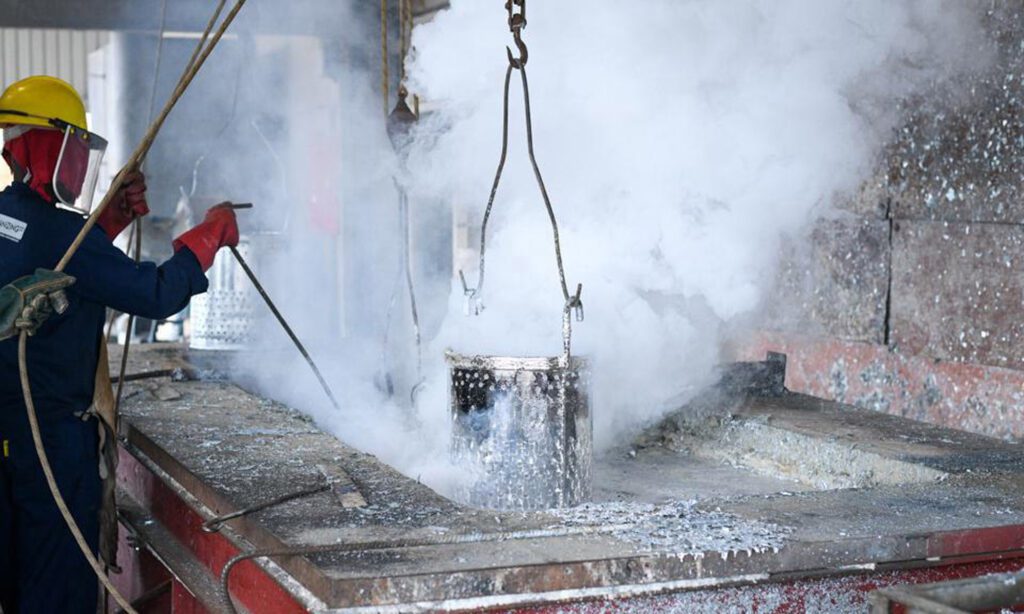

Centrifuge Galvanizing
long-lasting durability
Process of Centrifuge Galvanizing
Centrifuge galvanizing offers numerous advantages that enhance the quality and longevity of metal parts. One key benefit is the durable zinc coating, which effectively shields components from moisture, oxygen, and other corrosive elements. This protective layer significantly extends the lifespan of the parts.
Furthermore, this process preserves thread functionality by removing excess zinc from threaded areas. Hot dip galvanising is widely acknowledged for providing a significantly thicker protective coating compared to zinc electroplating, making it the preferred choice for applications exposed to outdoor elements. This robust coating not only enhances corrosion resistance but also extends the longevity of the metal components. Due to the increased thickness of the hot dip galvanising layer, it is essential to tap the threads of any nuts to a diameter 0.38mm larger than standard. This oversizing ensures that the nuts can properly fit onto the galvanized bolt threads without any interference from the added zinc coating. Typically, the nuts are galvanized in their unthreaded, blank form and undergo tapping after the galvanisation process. This method helps maintain the integrity of the threads and maximises the effectiveness of the galvanised coating. Consequently, components maintain a proper fit and function without the need for additional machining, thereby streamlining production.



Centrifuge galvanizing is also a cost-effective solution. It offers long-lasting durability with minimal maintenance costs, making it more economical than other corrosion-resistant coatings.
The applications for centrifuge galvanizing are vast and include fasteners such as bolts, nuts, and washers, as well as brackets, clips, springs, small castings, electrical hardware, and automotive or construction fittings.

